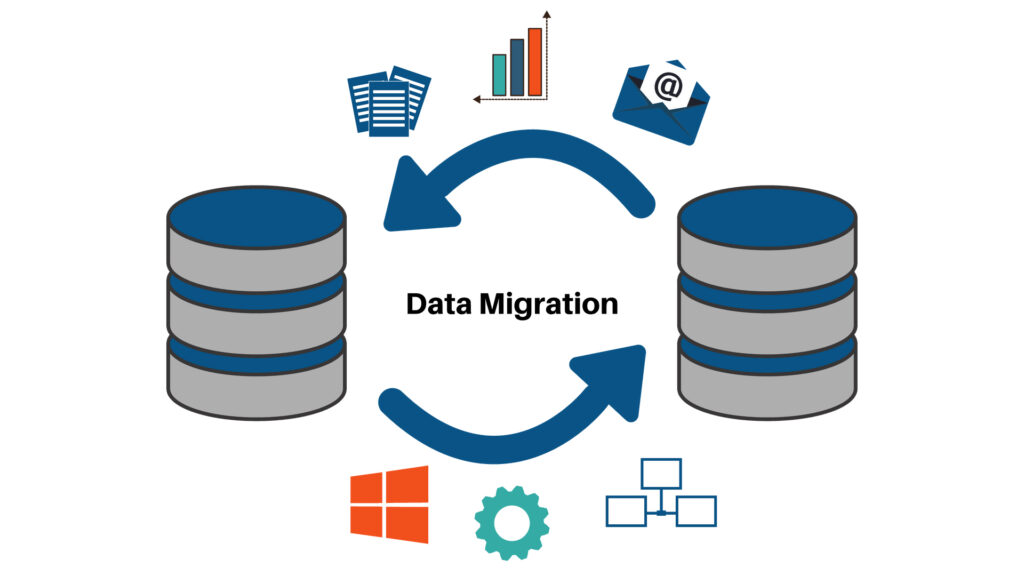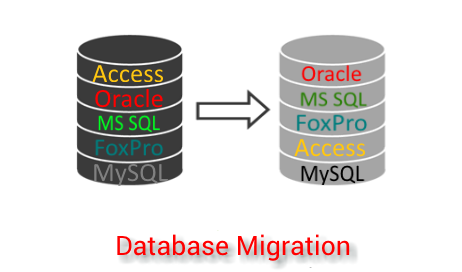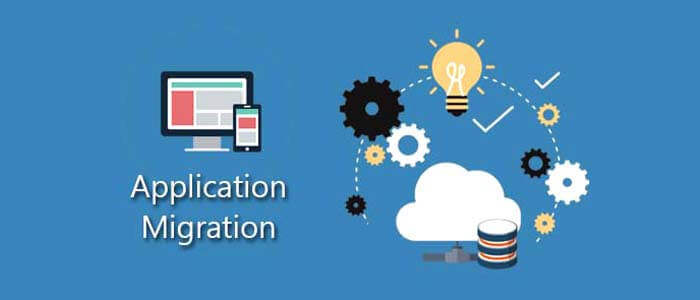
In today’s digital world, businesses rely heavily on data to make informed decisions. Data migration is the process of transferring data from one system to another, which is often necessary when a business upgrades its technology, changes its data storage methods, or merges with another company. In this blog, we will discuss data migration and its types.
Types of Data Migration
Storage Migration

Storage migration is the process of transferring data from one storage system to another. This can happen when a business upgrades its storage technology or switches to a different vendor. Storage migration can be time-consuming and complex, as it requires transferring large amounts of data without losing any of it. It is essential to ensure that the data is transferred accurately and securely.
Database Migration

Database migration is the process of moving data from one database to another. This is often necessary when a business upgrades its database technology or merges with another company that uses a different database system. Database migration requires careful planning and execution to ensure that the data is transferred accurately and without any loss.
Application Migration

Application migration is the process of moving an application from one environment to another. This can happen when a business switches to a different operating system, hardware platform, or cloud service provider. Application migration can be complex, as it requires transferring the application and all its associated data, configurations, and dependencies. It is essential to ensure that the application works seamlessly in the new environment.
Business Process Migration
Business process migration is the process of moving business processes from one system to another. This can happen when a business switches to a new enterprise resource planning (ERP) system or customer relationship management (CRM) system. Business process migration requires careful planning and execution to ensure that the processes are transferred
Challenges in Data Migration
Data migration is a complex process that can be challenging for businesses. Some of the challenges include:
- Data Loss: One of the significant challenges in data migration is the risk of data loss. During the migration process, data can be lost or corrupted, leading to significant business consequences.
- Downtime: Data migration can cause system downtime, which can affect business operations. It is essential to minimize downtime during the migration process to avoid any negative impact on the business.
- Data Security: Data migration can expose data to security risks. It is essential to ensure that the data is secure during the migration process and after it is transferred to the new system.
- Testing: Testing is an important part of data migration. It is essential to test the data after it has been transferred to ensure that it is accurate and complete.
Conclusion
Data migration is an essential process for businesses that need to upgrade their technology or change their data storage methods. There are several types of data migration, including storage migration, database migration, application migration, and business process migration. Data migration can be challenging, with some of the challenges including data loss, downtime, data security, and testing. It is essential to plan and execute data migration carefully to ensure that it is successful and does not negatively impact the business.
